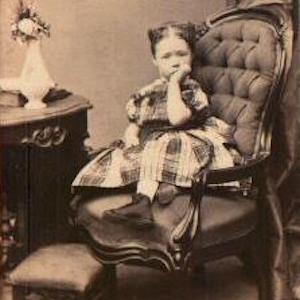Culture
Olympe de Gouges, The Declaration of the Rights of Woman (September 1791)
Marie Gouze (1748–93) was a self–educated butcher’s daughter from the south of France who, under the name Olympe de Gouges, wrote pamphlets and plays on a variety of issues, including slavery, which she attacked as being founded on greed and blind prejudice.
Condorcet, "On the Admission of Women to the Rights of Citizenship," July 1790
Condorcet took the question of political rights to its logical conclusions. He argued that if rights were indeed universal, as the doctrine of natural rights and the Declaration of the Rights of Man and Citizen both seemed to imply, then they must apply to all adults.

In Motion: The African-American Migration Project
In Motion: The African-American Migration Project portrays the history of 13 defining migrations that formed and transformed African Americans from the 16th century to the present.
19th-century American Children and What They Read
19th-century American Children and What They Read is a website born of a passion for exactly that—material written for children, and occasionally by children, in the 19th century.
Children in Urban America
Children in Urban America (CUAP), focuses on children and childhood primarily in the greater Milwaukee area from 1850 to 2000.
The Atlantic Slave Trade and Slave Life in the Americas: A Visual Record
The images document the history of enslavement in West and West Central Africa, the English and French Caribbean, Brazil, and the United States.Dona Marina, Cortes’ Translator: Nonfiction, Florentine Codex (Nahuatl)
This chapter from the Florentine Codex, a bilingual encyclopedia of central Mexican life and history, was created by the Franciscan friar, Bernardino de Sahagún and indigenous advisors, painters and scribes.
Dona Marina, Cortes’ Translator: Personal Account, Bernal Díaz del Castillo
Perhaps the most famous 16th-century portrayal of doña Marina, this description is also the most extensive from the period. Díaz del Castillo claims she was beautiful and intelligent, she could speak Nahuatl and Maya.

Caribbean Views
The online collection is of extraordinary quality, both in terms of the scanned images and the contextual detail provided.Alexander Herzen’s My Past and Thoughts
Autobiographical writing as a rich source for the exploration of European childhood and youth is self evident; in many cases, it is one of the most nuanced ways to understand historical actors' earliest experiences.